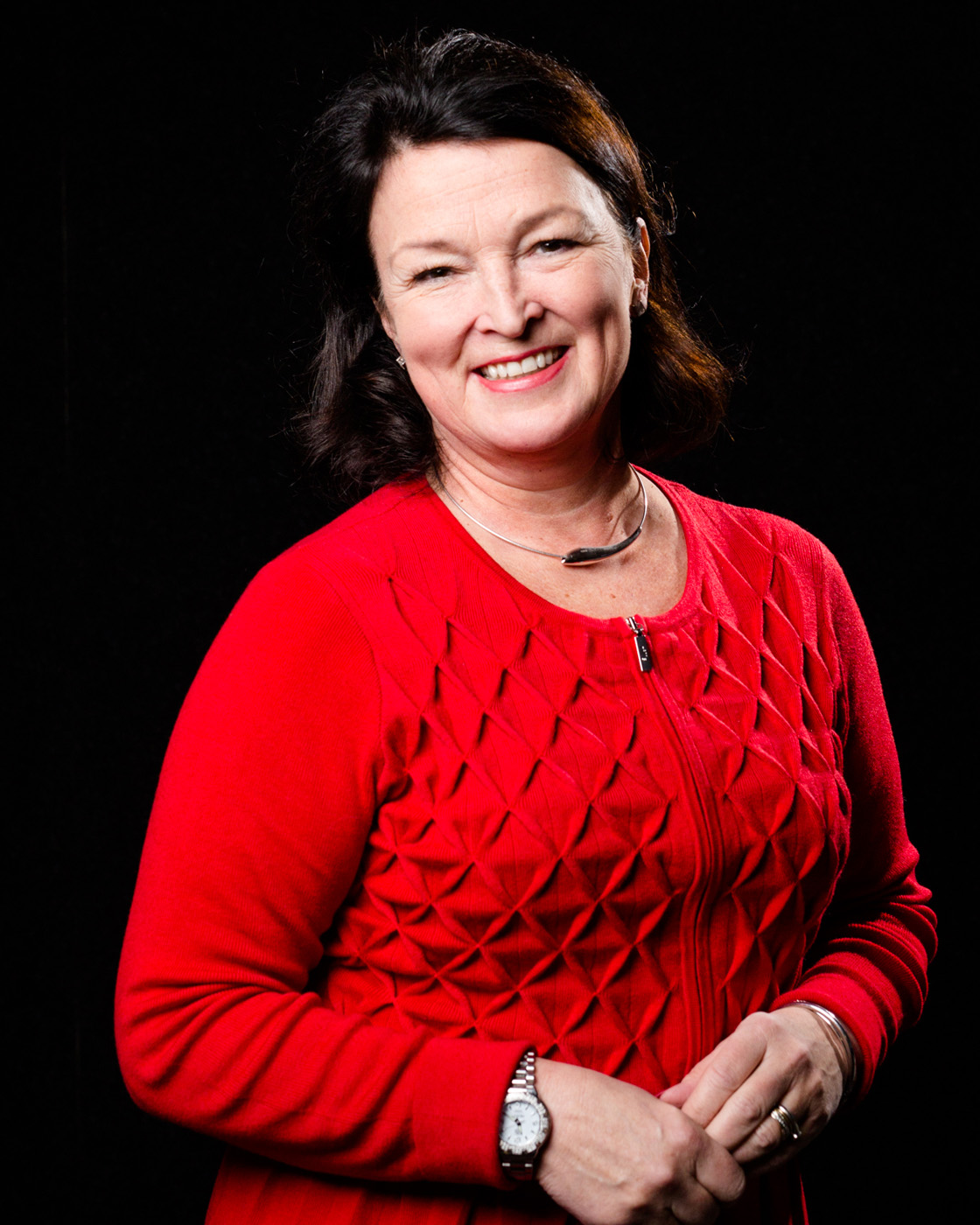Farmidata
Digitisation can increase agricultural productivity and the profitability of farms. The Farmidata project piloted the enhanced use of agricultural data streams in the Salo area in Finland.
The pilot was implemented between March and October 2018.
New technology and new operating models are currently not used enough in Finnish agriculture. Collecting data from farms is challenging and its practical implementation is fragmented. The ownership of agricultural data has not been sufficiently well identified. Instead of being transferred and shared, data collected by various parties remains for their own use. A further problem is that the collected data benefits the farms only indirectly.
Digitisation can increase agricultural productivity and the profitability of farms. The use of information technology makes it possible to better anticipate risks and sudden changes in agriculture and in food production in a broader sense. Ideally, this will lead to higher productivity and a lower environmental impact.
What did we do?
We carried out a set of projects focused on the digitisation of agriculture under the title of Digital Ecosystem in the Bioeconomy (in Finnish: Biotalouden digitaalinen ekosysteemi, BDE) as part of the IHAN – Human-driven data economy focus area.
The goal of the project was to develop a digital ecosystem for the bioeconomy, in which the profitability and competitiveness of the Finnish agricultural and food production sector will be enhanced through the use of information technology. Farmidata (link in Finnish) was a local digital pilot focused on improving operating conditions and resource efficiency in food production.
The Farmidata pilot in the Salo area evaluated IT development needs in agriculture and assessed what kinds of opportunities are presented by digitisation. The necessary applications were then be developed based on the studies and the structure of the ecosystem was designed. The pilot consisted of three trials: Farmimapping, Farmistore, Farmisää (Farm weather).
Results
What was achieved?
The Farmidata project aimed to improve the conditions and resource efficiency of food production with the help of digitisation. The three experiments, implemented in the Salo region, wanted to find out about the development needs of agricultural information technology as well as the opportunities provided by digitisation.
- The Farmimapping pilot used drones for plot imaging. The produced location data was then used for precision farming. The data made it possible to define the correct amount of fertiliser for crops, so the data was directly applicable to controlling the fertiliser spreader. This prevented the excessive use of nutrients that creates nutrient runoffs, which then eutrophicate water systems. Additionally, the collected data and more precise amounts of fertiliser created savings in fertiliser costs.
- The Farmistore product concept aimed to find a solution for real-time fuel monitoring on farms as well as the creation of purchasing groups and the optimisation of consumption.
- The Farmisää (Farm Weather) pilot defined a micro-weather network from real-time weather and soil data. IoT sensors produced more precise weather data than before and monitored the soil. Farmers found the results from the pilot helpful, particularly last summer, which was hot and dry, as they received precise data from the air and from a depth of 15 cm into the soil. Technology even enables monitoring that goes significantly deeper down into the soil.
Where possible, the technological solutions created in the pilot will be used in other IHAN projects, and they will be published as open source code later.
Who was involved?
The participants in the pilot included farms in the Salo area and the Peimari Group for Further Education and Training/Livia College, Datasense Oy, Soficta Oy and Toivon Tila.
#IHAN


What is it about?